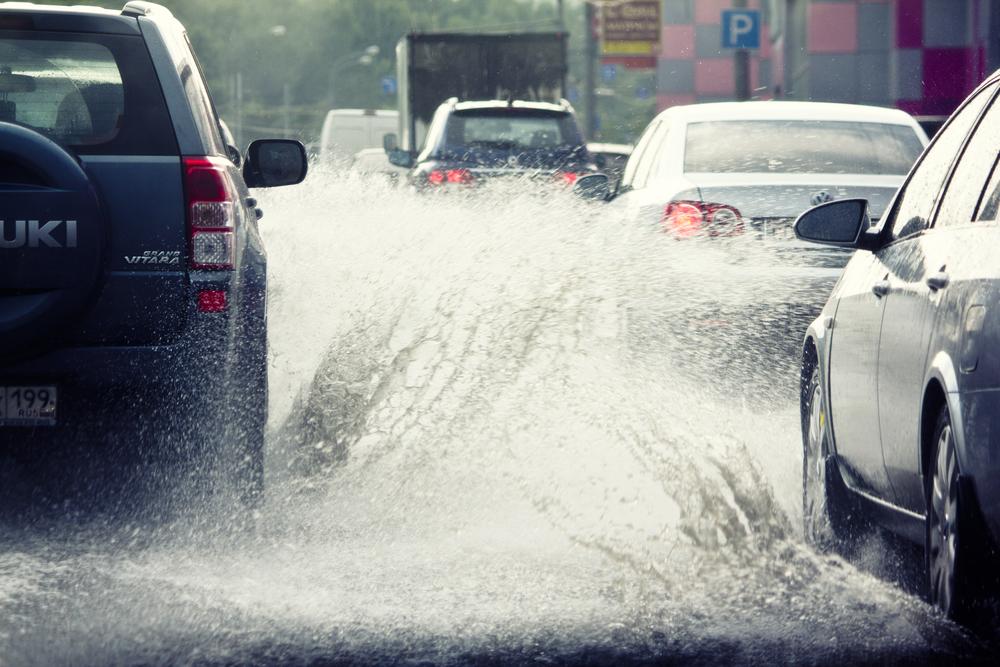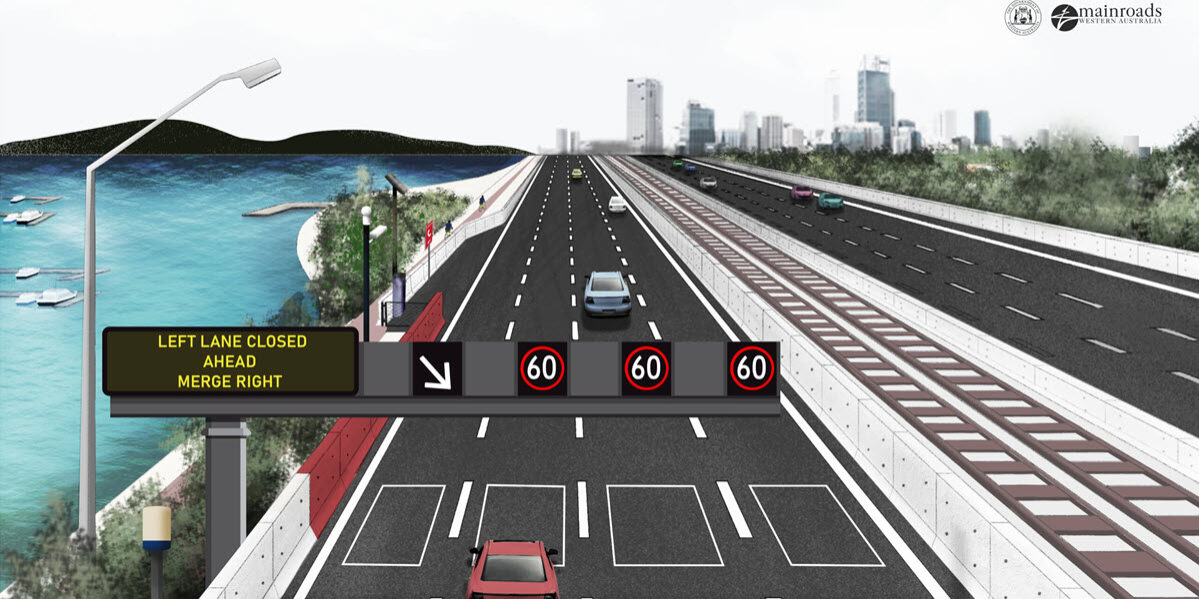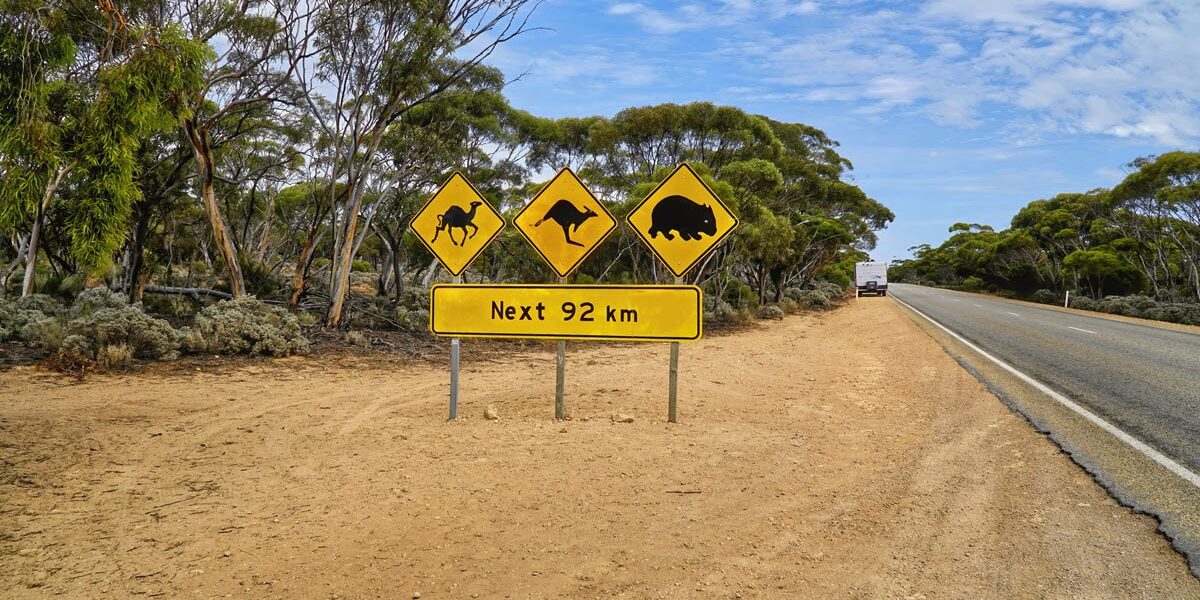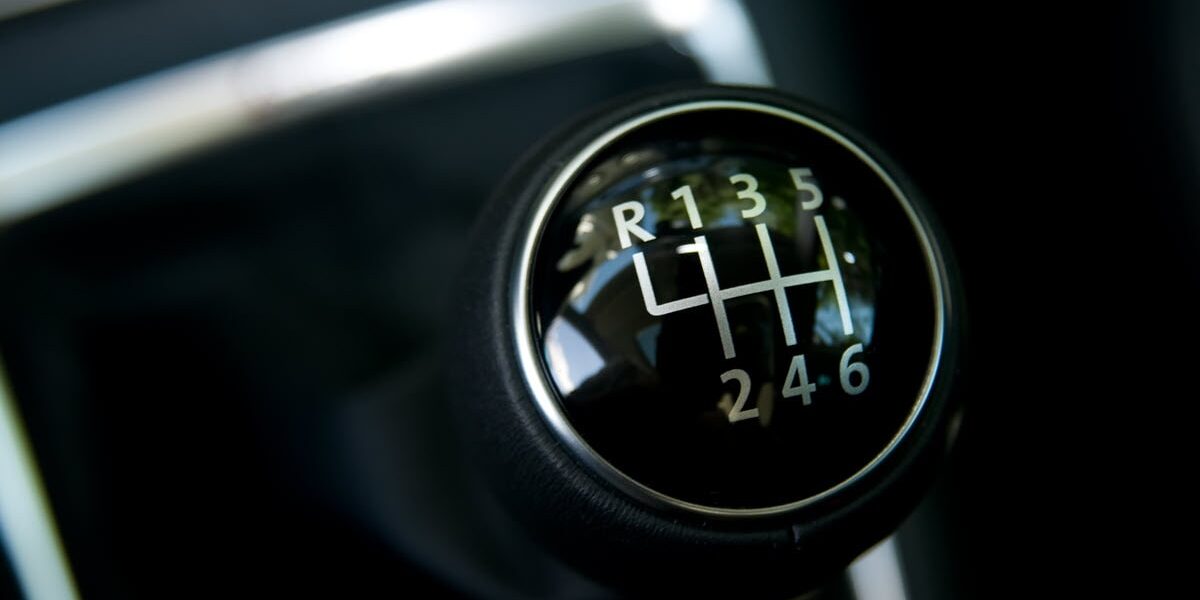
Driving in wet weather can be challenging. If you’re an inexperienced driver or unfamiliar with Perth roads in winter, a safe driver’s course – also known as a defensive driving course – can teach you the skills to drive safely in all road conditions.
Obviously, planning not to drive during extreme weather is a great strategy to stay safe, however Perth’s weather can change dramatically in the space of a short journey, so knowing what to do in unexpected situations is a valuable skill to learn.
Newly licensed and experienced drivers alike can benefit from a safe driver’s course. Defensive driving courses also work great as corporate driver training to ensure your staff are safe and efficient on local Perth roads. Don’t worry, you won’t be speeding around cones on a racetrack or wrestling your car through a controlled skid!
What You’ll Learn
Eclipse defensive driving is tailored to Perth drivers and local conditions and will give you a better understanding and tuition on how to control your vehicle on various road surfaces, interpret other drivers’ behaviours to be able to react quickly, as well as manage fatigue.
Importantly, we’ll give you some handy tips on driving safely at dusk as well as night time driving. If you’ve ever been driving west in Perth as the sun sets, you’ll understand the experience of ‘driving blind’.
You’ll also learn how to cope if caught in a quick moving storm that buckets a layer of water on the road and leaves you gripping the steering wheel while trying to see where you’re going. This includes correct merging procedures during wet weather.
Here’s some of the topics you’ll learn:
- Hazard perception
- Handling distractions
- Safe driving techniques
- Fatigue management
- Adapting to different road surfaces
- Driving at dusk and night time
Driving Safely During Winter
West Australian drivers have long had the reputation of not being able to drive well in the wet. Tuition and practical experience are some of the best methods to improve your wet weather driving skills. To start your learning journey, here’s some of our top tips for driving in wintery weather:
-
Reduce Your Speed
When road conditions get treacherous, remember that the signed speed limit is the maximum safe speed for ideal conditions. Reducing your speed and driving to the weather conditions to remain in control of your vehicle is the safest option in winter.
-
Guard Against Skidding
When the road surface is wet there is a greater probability that your tyres will lose traction and you will skid. The avoid skidding in wet weather, slow your vehicle to allow your tyres to better grip the road. Focus on accelerating, braking and cornering smoothly to keep control of your vehicle.
-
Leave Extra Space Between You and the Vehicle Ahead
In wet weather it is ideal to leave at least 4 seconds travel time between you and the vehicle ahead of you. If you need to stop suddenly, the extra time can mean the difference between braking safely or sliding into the back of the vehicle in front and causing a collision.
For large vehicles such as road trains, trucks or caravans add an extra second per 3ms of vehicle. To work out how far you are behind the vehicle in front pick an object on the side of the road and start counting when the vehicle in front passes it. Stop counting when you reach the same object.
-
Avoid Hydroplaning
Hydroplaning or aquaplaning is when a layer of water builds up between the tyres on your vehicle and the road’s surface, causing the tyres to lose traction or grip on the road. It can often occur when you drive through a large puddle which may have formed over the road from slow draining rainfall.
If you feel your vehicle sliding or hydroplaning on the wet road surface, don’t brake suddenly. Braking suddenly can cause the wheels to lock and your vehicle to spin. Look for a clear open space and steer towards it using light acceleration.
Avoid hydroplaning by travelling at a reduced speed so the tyres have a better opportunity to maintain traction with the road’s surface. Another tip is to ensure there is enough tread on your tyres (at least 1.5mm across the entire tyre width).
-
Use Common Sense
Using common sense and adjusting to the road conditions is key to driving safely during winter. Reducing speed, turning on your lights, using your demister to keep your windscreen free of condensation and ensuring your windscreen wipers work will all help to keep you safe on the road.
Book a Course Today
Consider a safe driver’s course to improve your driving skills this winter. Eclipse instructors include former police officers and experienced educators who are specialists at delivering driver training courses. Find out more about our courses or book online today.










